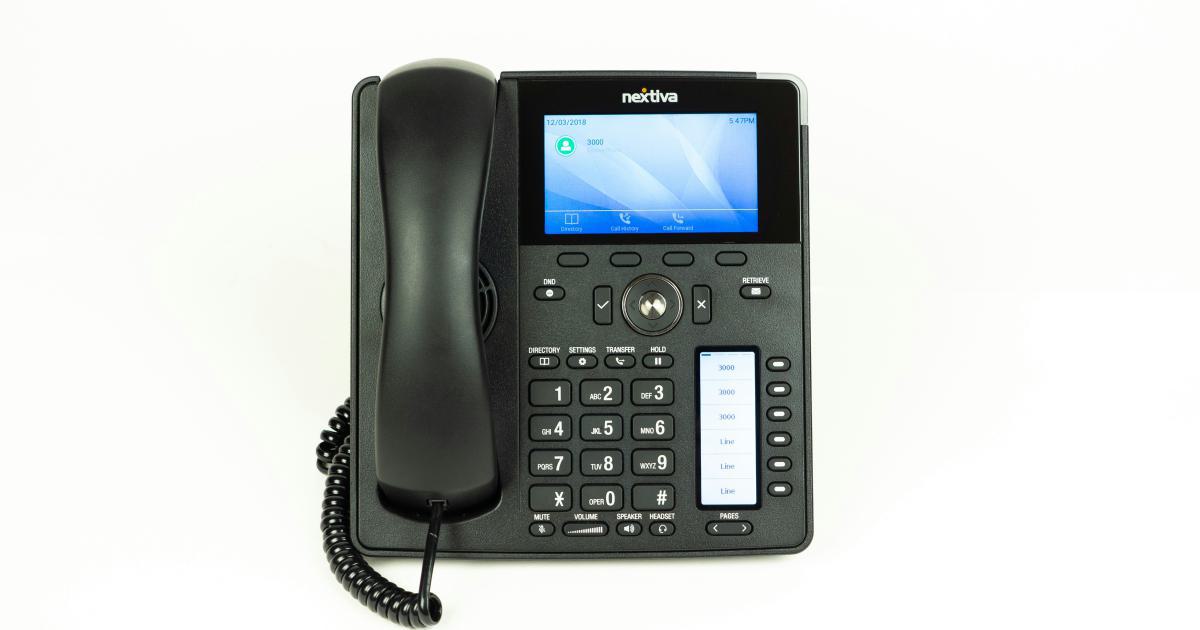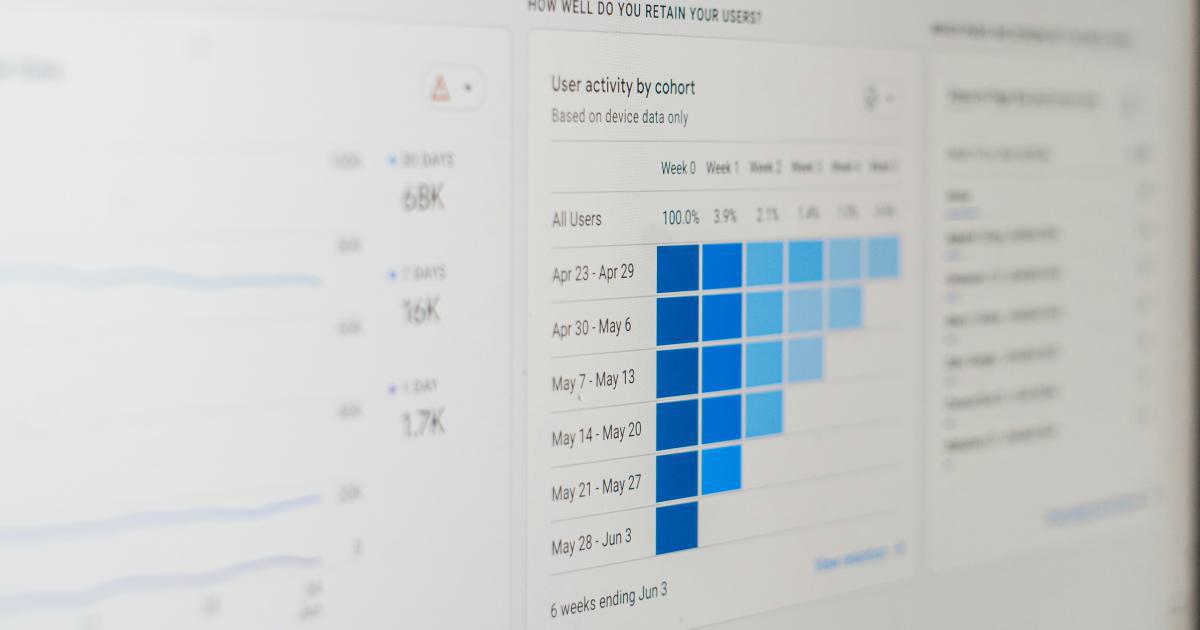7 Proven Ways to Improve Customer Retention Rates


In today's competitive market, retaining loyal customers is a critical component of business success. As the old adage goes, "It's easier to keep a customer than to find a new one." By focusing on customer retention, you can not only boost your revenue and profitability but also build a strong, sustainable brand. In this comprehensive article, we'll explore seven proven strategies to improve your customer retention rates and foster long-lasting relationships with your clients.
1. Provide Exceptional Customer Service
The foundation of any successful customer retention strategy is delivering exceptional customer service. In a world where customer experience is the new battlefield, businesses that prioritize personalized, attentive, and responsive support are more likely to retain their clients.
Develop a Customer-Centric Culture
Cultivate a company culture that places the customer at the center of everything you do. Ensure that your employees are empowered, trained, and motivated to provide exceptional service. Encourage them to go the extra mile, anticipate customer needs, and resolve issues promptly and effectively.

Invest in Employee Training and Development
Equip your customer-facing staff with the necessary skills and knowledge to handle a wide range of customer inquiries and concerns. Provide ongoing training on communication techniques, conflict resolution, and problem-solving to ensure your team is always ready to deliver top-notch service.
Implement Efficient Support Channels
Offer multiple support channels, such as phone, email, chat, and social media, to cater to your customers' preferences. Ensure that these channels are responsive, easily accessible, and integrated to provide a seamless experience.
Personalize the Customer Experience
Leverage customer data and insights to personalize your interactions. Use the customer's name, remember their preferences, and tailor your communication to their individual needs. This personal touch can go a long way in building trust and fostering loyalty.
2. Continuously Gather and Respond to Feedback
Actively seeking and acting on customer feedback is a powerful way to improve retention. By understanding your customers' pain points, preferences, and expectations, you can make informed decisions to enhance your products, services, and overall customer experience.
Implement Feedback Channels
Establish multiple channels for customers to share their feedback, such as surveys, online reviews, and direct communication. Make it easy and convenient for them to provide input, and ensure that you respond to their comments in a timely and meaningful manner.

Analyze and Implement Feedback
Regularly review and analyze the feedback you receive to identify patterns, trends, and areas for improvement. Use this valuable information to make data-driven decisions and implement changes that address your customers' needs and concerns.
Close the Feedback Loop
When customers take the time to provide feedback, it's essential to close the loop by acknowledging their input and communicating the actions you've taken in response. This demonstrates your commitment to continuous improvement and shows customers that their voices are heard and valued.
3. Offer Tailored Loyalty Programs
Loyalty programs are a proven way to incentivize customers to continue doing business with your company. By providing rewards, discounts, and exclusive benefits, you can encourage repeat purchases and foster a sense of belonging among your customers.
Understand Your Customers' Needs
Develop a loyalty program that aligns with your customers' preferences and behaviors. Conduct market research, analyze customer data, and gather feedback to understand what types of rewards and benefits resonate most with your target audience.

Personalize the Loyalty Experience
Tailor the loyalty program to individual customers based on their purchasing habits, preferences, and engagement levels. Offer personalized rewards, exclusive content, and targeted promotions to enhance the value proposition and keep customers engaged.
Provide Transparent and Flexible Program Terms
Ensure that the terms and conditions of your loyalty program are clear, transparent, and easy to understand. Allow customers to easily track their progress, redeem rewards, and manage their account preferences. Flexibility in the program can also increase its appeal and perceived value.
4. Leverage Proactive Communication
Consistent and proactive communication plays a crucial role in maintaining strong customer relationships and reducing churn. By keeping your customers informed, engaged, and supported, you can demonstrate your commitment to their success and foster a sense of partnership.
Develop a Communication Strategy
Establish a comprehensive communication strategy that includes regular updates, product announcements, educational content, and personalized outreach. Determine the optimal frequency, channels, and messaging that will resonate best with your customers.

Automate Routine Communications
Utilize marketing automation tools to streamline and personalize your communication efforts. Automated email campaigns, in-app notifications, and targeted social media posts can help you stay top-of-mind without overburdening your customer service team.
Personalize Your Communications
Tailor your communications to each customer's preferences, behavior, and stage in the customer journey. This level of personalization can help build stronger relationships and demonstrate your commitment to their individual needs.
Encourage Two-Way Communication
Foster a culture of open communication by inviting customers to share their thoughts, concerns, and ideas. Respond promptly to inquiries, address issues, and actively solicit feedback to show your customers that their input is valued.
5. Continuously Enhance Your Products and Services
In today's fast-paced market, customers expect ongoing improvements and innovations from the brands they support. By consistently enhancing your products and services, you can demonstrate your commitment to meeting their evolving needs and stay ahead of the competition.
Gather Feedback and Insights
Leverage customer feedback, market research, and industry trends to identify areas for improvement and development. Understand your customers' pain points, preferences, and emerging needs to guide your product roadmap.

Prioritize Customer-Centric Innovation
When developing new features or services, place your customers' needs at the forefront. Ensure that each enhancement directly addresses their challenges, improves their experience, or provides tangible value.
Communicate Improvements Effectively
Proactively inform your customers about the updates and enhancements you've made to your products or services. Highlight the benefits and how these changes will positively impact their experience. This communication can help build trust, demonstrate your responsiveness, and reinforce the value you provide.
Solicit Feedback on Improvements
After implementing changes, follow up with your customers to gather their feedback and assess the effectiveness of your enhancements. This iterative process will help you continuously refine and improve your offerings, further strengthening customer loyalty.
6. Offer Exceptional Post-Purchase Support
The customer experience doesn't end with the initial sale or transaction. Providing exceptional post-purchase support can be a powerful differentiator and a key driver of customer retention.
Ensure Smooth Onboarding and Activation
Develop a seamless onboarding process that helps new customers quickly and easily get started with your products or services. Provide clear instructions, troubleshooting resources, and personalized assistance to ensure a positive first experience.

Maintain Responsive and Proactive Support
Offer readily available support channels, such as self-help resources, live chat, or dedicated customer success teams, to address any post-purchase questions or issues. Proactively reach out to customers to check in, offer support, and gather feedback on their experiences.
Introduce Ongoing Customer Education
Establish a customer education program that provides ongoing learning opportunities, such as webinars, tutorials, or a knowledge base. This can help customers maximize the value of your products or services, reducing the likelihood of churn.
Celebrate Customer Milestones and Achievements
Recognize and celebrate your customers' successes and milestones, whether it's a product anniversary, a milestone reached, or a significant achievement. This can foster a sense of community and reinforce your commitment to their long-term success.
7. Optimize the Customer Lifecycle
A comprehensive customer retention strategy should encompass the entire customer lifecycle, from acquisition to advocacy. By optimizing each stage of the lifecycle, you can nurture stronger relationships, increase customer lifetime value, and drive sustainable growth.
Streamline the Onboarding Process
Ensure that your onboarding process is efficient, engaging, and personalized to help new customers quickly derive value from your products or services. Provide clear instructions, resources, and support to set them up for success.

Develop Proactive Engagement Strategies
Implement strategies to keep your customers engaged throughout their journey, such as personalized outreach, targeted promotions, and exclusive content. Actively monitor customer behavior and touchpoints to identify opportunities for increased engagement.
Foster a Sense of Community
Create a sense of community among your customers by facilitating peer-to-peer interactions, hosting events or forums, and encouraging customer-generated content. This can help customers feel more connected to your brand and each other, increasing their loyalty and advocacy.
Encourage Referrals and Reviews
Leverage satisfied customers as brand ambassadors by incentivizing referrals and reviews. This can not only help you acquire new customers but also reinforce the positive experiences of your existing clientele, further strengthening their loyalty.
By implementing these seven proven strategies, you can significantly improve your customer retention rates, foster stronger relationships, and drive long-term business success. Remember, customer retention is an ongoing journey, and continuously adapting to your customers' evolving needs is the key to maintaining a competitive edge.